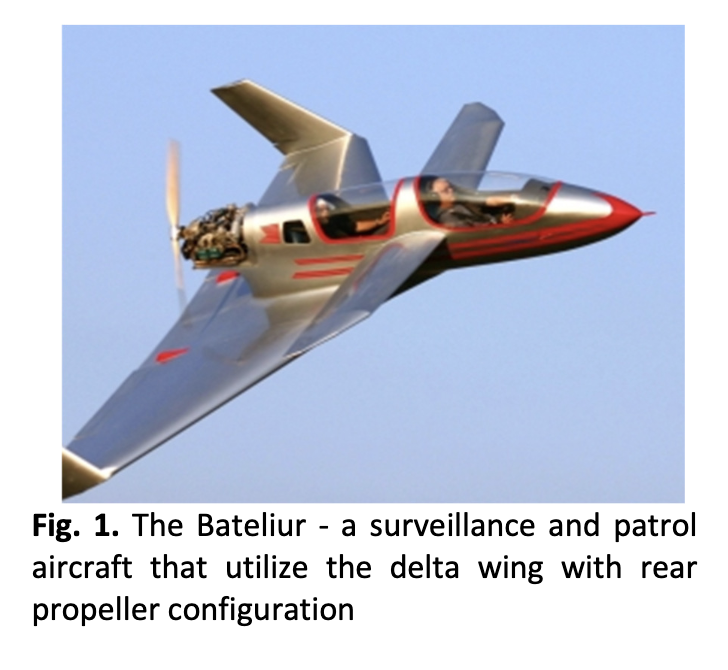Wind Tunnel Experiments on a Generic Sharp-Edge Delta Wing UAV Model
Keywords:
Delta Wing UAV , Propeller , Vortex , Wind Tunnel Experiment , Surface PressureAbstract
Delta wing is a triangular shape platform from a plan view. Delta wing can be applied to aircraft development as well as UAV. However, the flow around delta wing is very complicated and unresolved to date. On the upper surface of the wing, vortex is developed which need more studies to understand this flow physics. This paper discusses an experiment study of active flow control applied on the sharp-edged generic delta wing UAV. This paper focuses on the effect of rotating propeller on the vortex properties above a generic 550 swept angle model. The model has an overall length of 0.99 meter and the experiments were performed in Universiti Teknologi Malaysia Low Speed wind tunnel sized of 1.5 x 2.0 meter2. In this experiment, the experiments were conducted at a speed of 18 m/s. In order to differentiate the effect of propeller size on the vortex system, the experiment was carried out in three stages, i.e., experimental without propeller called as clean wing configuration and followed by the experiment with propeller diameter of 13”. The final experiment was the experiment with propeller diameter of 14”. During the experiments, two measurement techniques were employed; steady forces and surface pressure measurements. The experimental data highlights an impact of propeller size on the coefficients of lift, drag, and moment and vortex system of the delta-shaped UAV. The results obtained indicate that the lift is increased particularly at high angle of attack. The results also show that vortex breakdown is delayed further aft of the wing when propeller rotating at about 5000 RPM.
Downloads





























